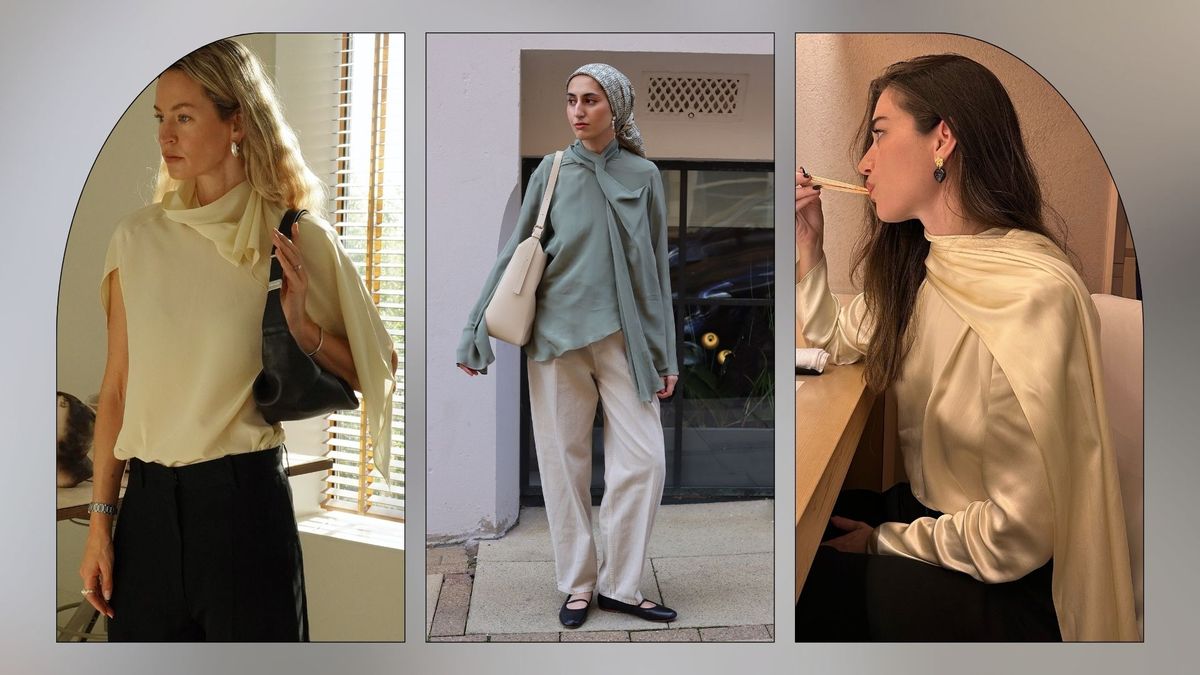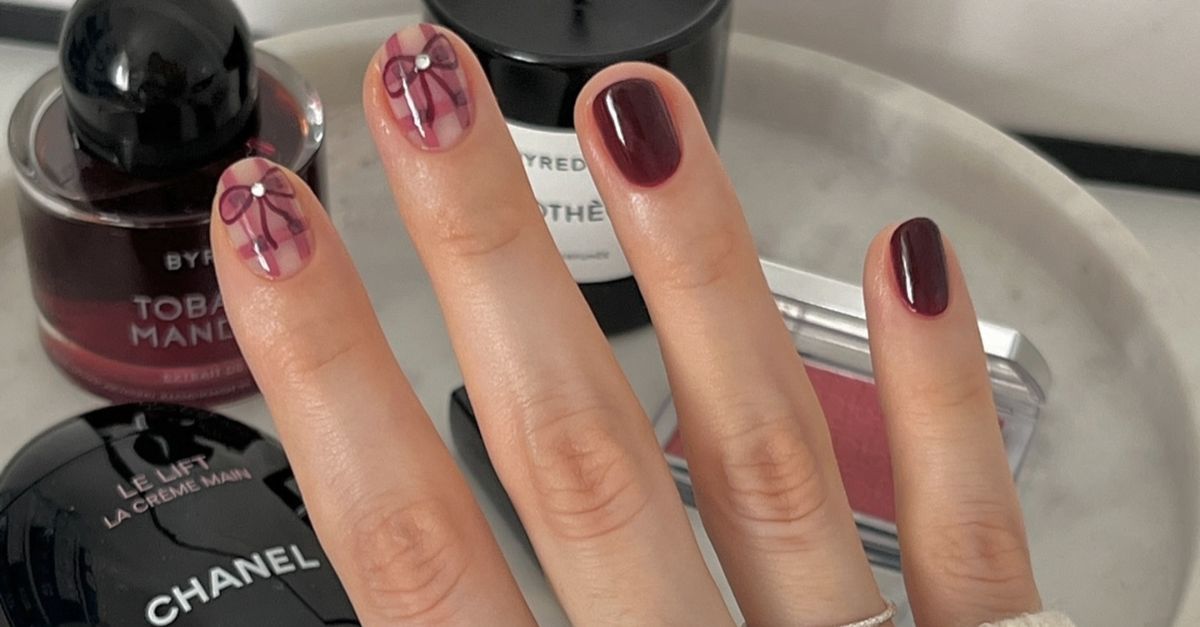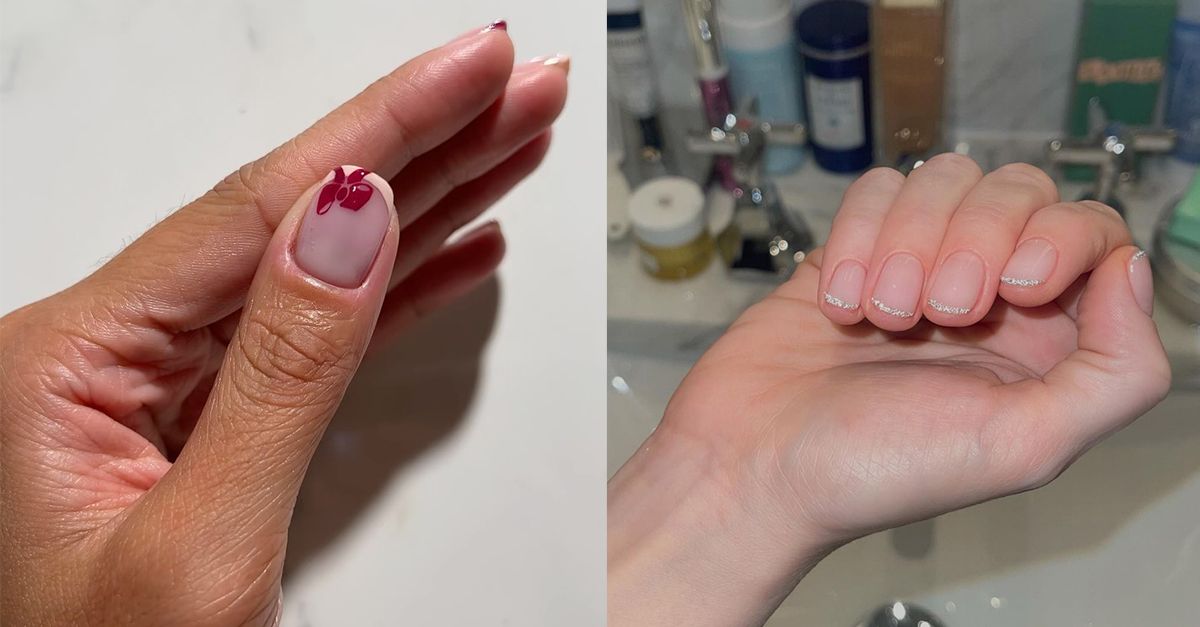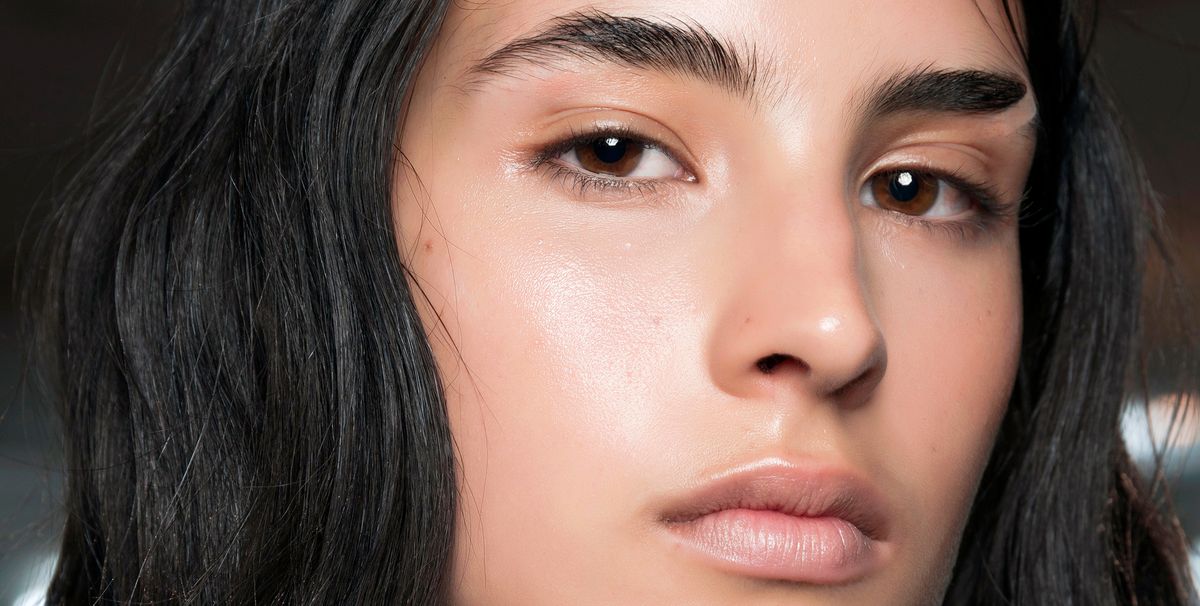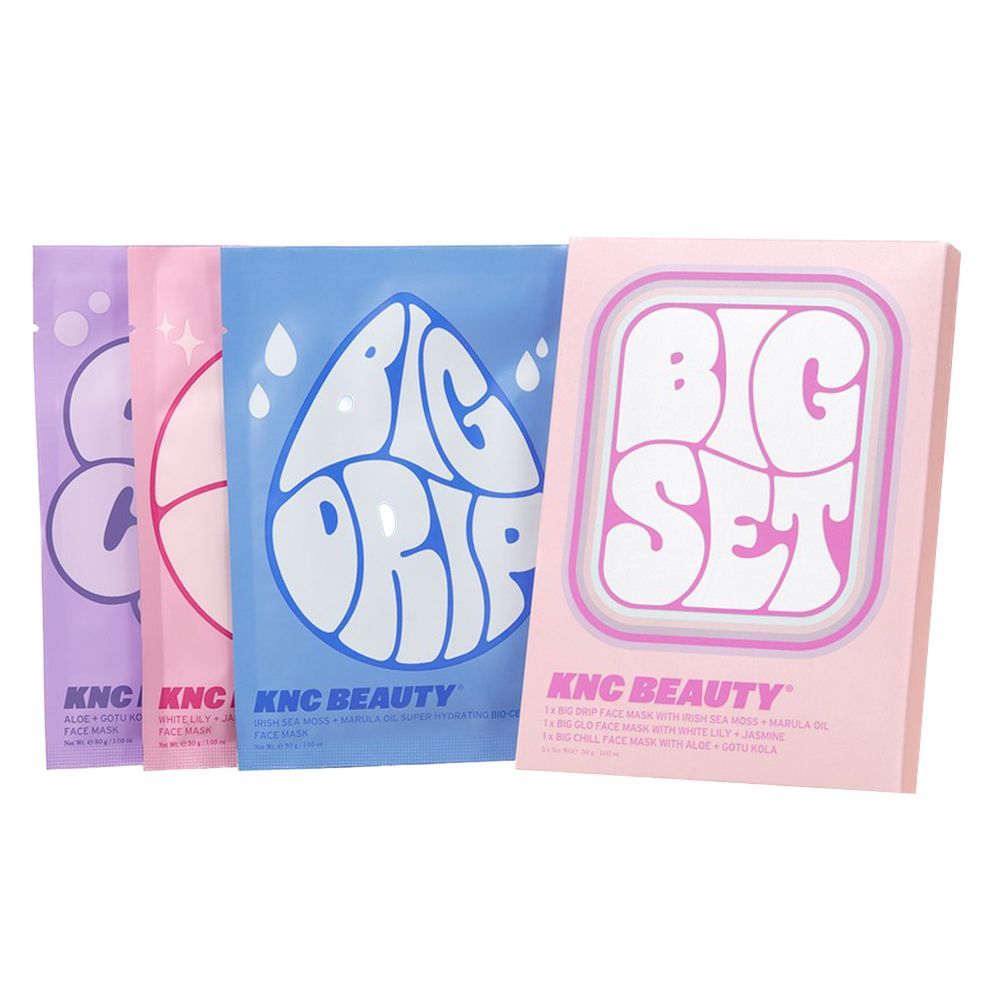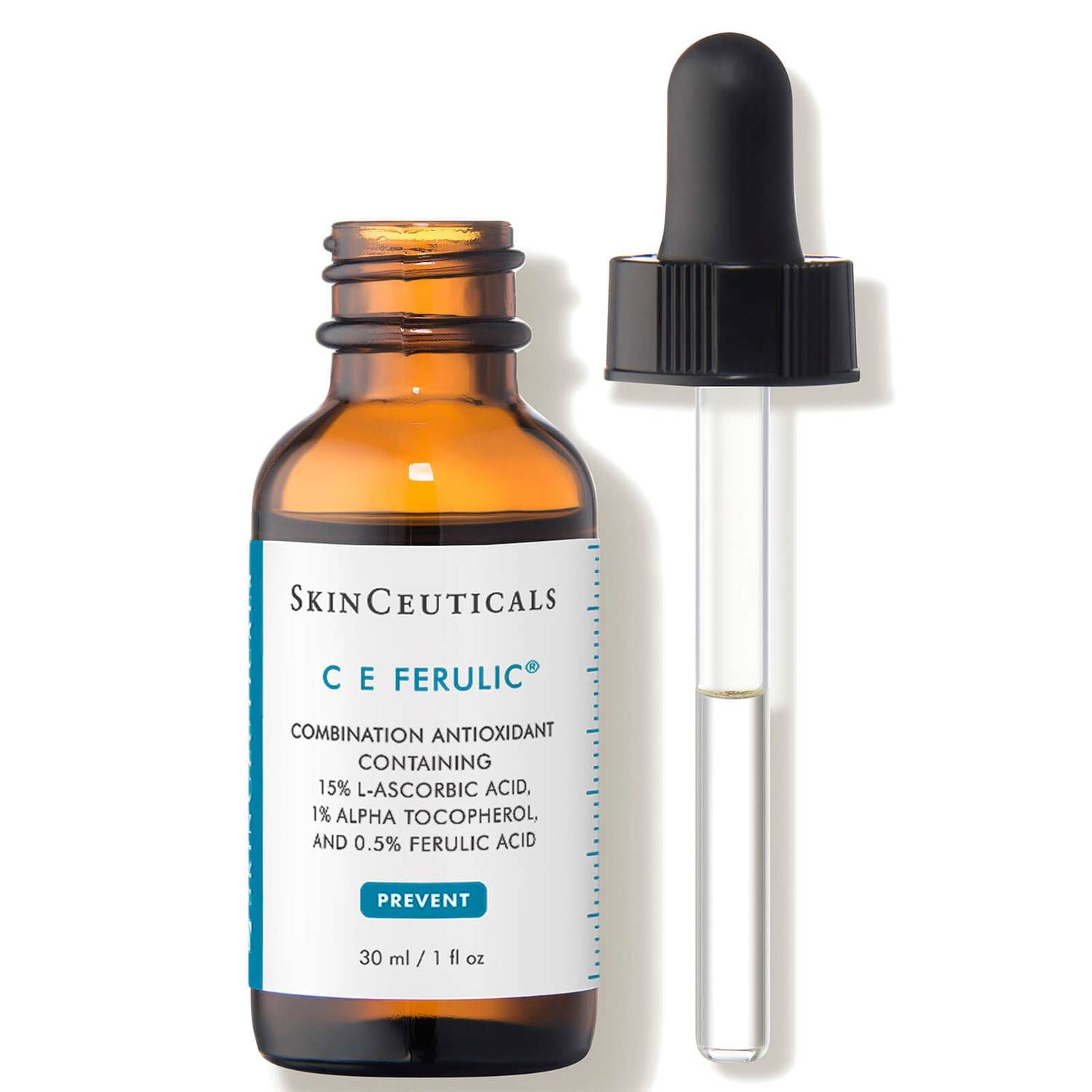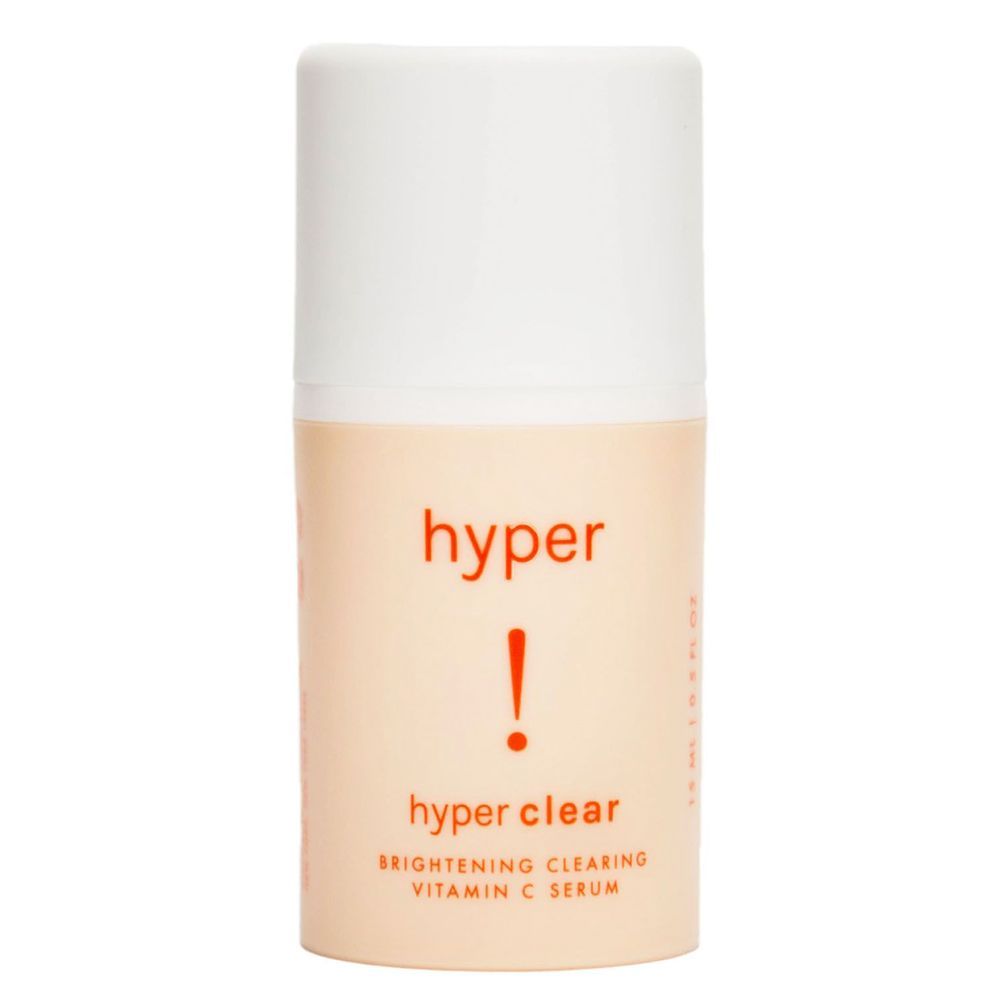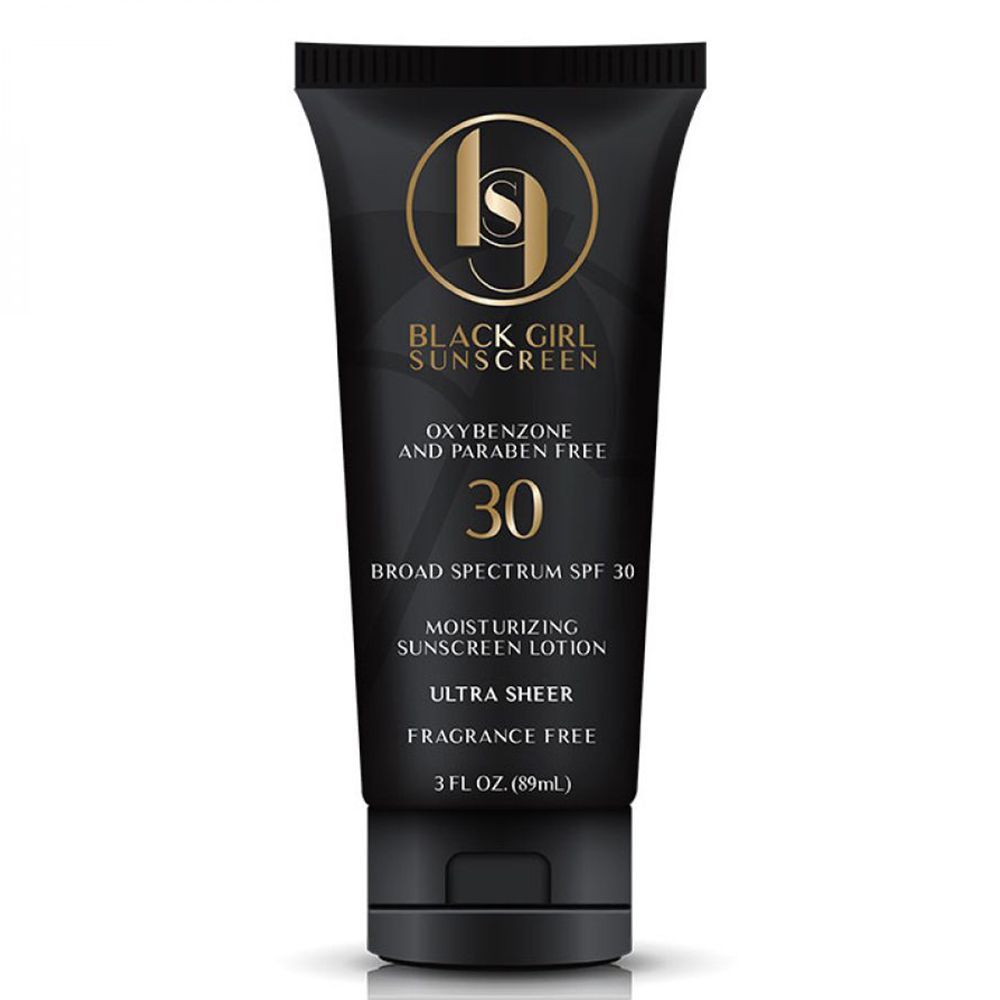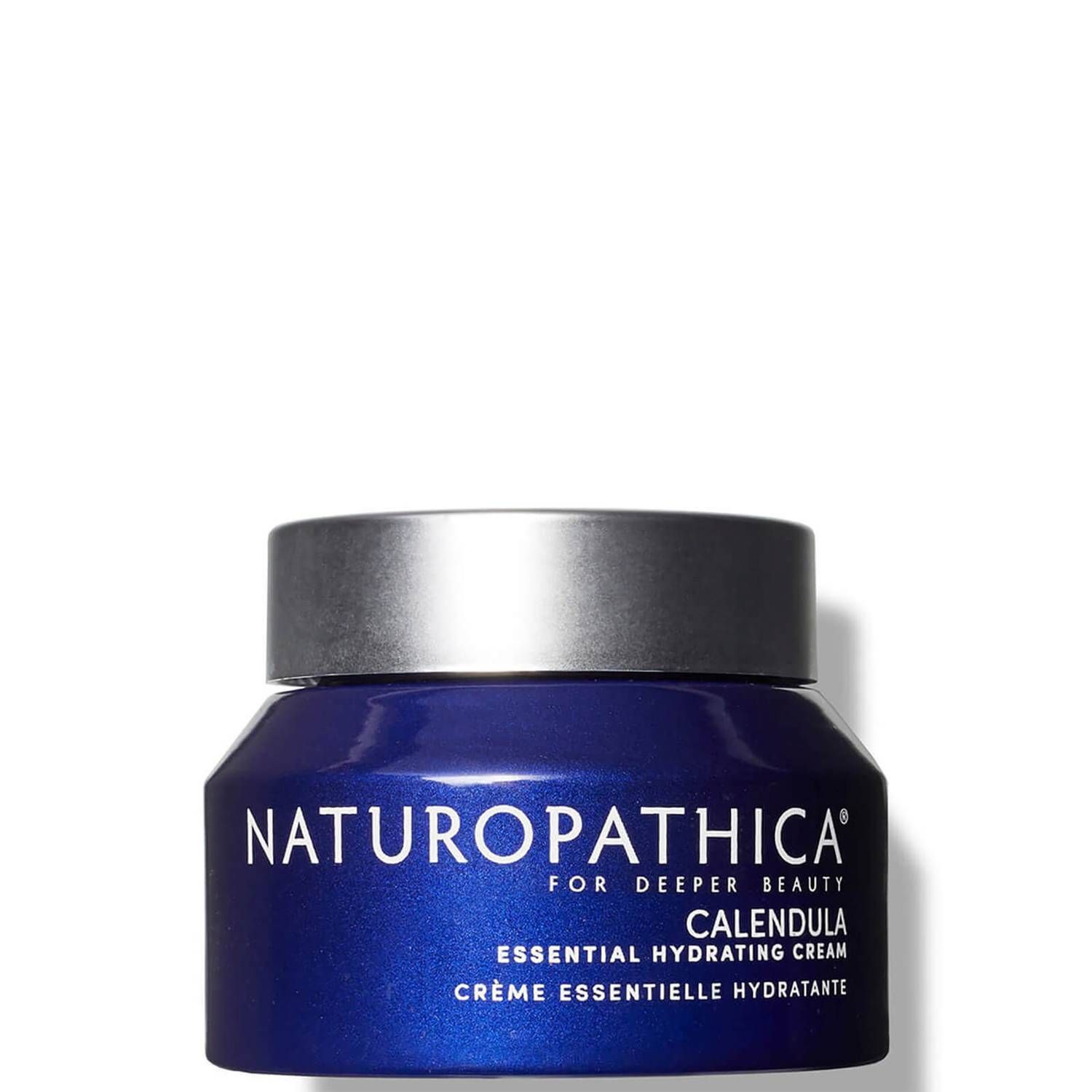If you are prone to acne and can’t quite eradicate those pesky dark spots left after each breakout, allow me to point you to microneedling. We’ve spoke to countless dermatologists about the benefits of microneedling and they can all agree: The treatment does it all.
The minimally invasive treatment can be used all over the body—from scalp to ankles—to improve the appearance of scars, boost collagen, or encourage hair growth. Microneedling is also a standard treatment for fine lines and wrinkles, sun damage, and stretch marks.
The practice dates back to 1995 but has gained significant traction in recent years thanks to new technology—and YouTube, TikTok, Instagram. As a result, the mesmerizing (albeit bloody) process stars in tens of thousands of videos and the before/after photos would make anyone speed-book the service. Here, dermatologist Macrene Alexiades, MD, Ph.D., who has published extensive research on microneedling, and Yale clinical professor and dermatologist Mona Gohara, MD demystify the multi-purpose treatment.
More From ELLE

Microneedling creates microscopic punctures in the skin.
Simply put, microneedling is the insertion of very fine, short, sterilized needles into the skin for rejuvenation. “When the skin feels these pinpricks, your body will naturally rush to heal them, resulting in a plumped, more youthful appearance,” says Alexiades. The most popular (and cost-effective) microneedling device, a dermaroller, comprises micro-fine needles that range in diameter from 0.5 and 2.5 millimeters. But if the prospect of multiple small needle wounds sounds slightly ominous to you, know that the punctures are more like pin pricks that are only surface-level deep.
This content is imported from youTube. You may be able to find the same content in another format, or you may be able to find more information, at their web site.
You can get it in-office or do it at home.
However, those looking to transform their skin should look into in-office treatments. “The benefit of getting microneedling done by your dermatologist is that it can be done with PRP, which makes it more efficacious,” Gohara says. But the drawbacks are that you have to schedule time for the treatment and that it may be more expensive. “If you’re doing it at home, it’s less effective, but you can do it as you please.”
Generally speaking, in-office treatments use slightly sharper needles, which are safe when used by a professional. At-home devices still work, but they can be a lot more gentle to reduce the risk of an injury. If you choose to microneedle at home, ensure that you’re using clean, sterilized equipment to avoid an infection.
Microneedling offers fairly immediate results.
“From microneedling alone, you will look plump, pink, and luminous for a couple of weeks. On a short-term basis, it plumps the skin and makes the skin look more radiant from inflammation and very superficial swelling,” Alexiades says. However, because the efficacy of microneedling comes from the skin healing itself, some people may only see intense results after a few sessions. But microneedling also promises improvement over time. Treating the skin with multiple microneedling sessions spaced at least one month apart can produce an increase in collagen and skin elasticity.
You can supercharge it with a serum.
“I love using a hydrating serum with hyaluronic acid with a dermaroller,” Gohara says. “I revel in the opportunity to drive in hydration. Antioxidants and niacinamide are favorites as well.” We also love a serum-drenched sheet mask right after a dermarolling session at home.
There have been significant breakthroughs this year.
“Microneedling with radiofrequency uses the added technology of flow needles to deliver radiofrequency energy into the dermis,” Gohara says of the in-office option. “The radiofrequency energy heats the dermis, causing collagen production and tissue tightening.”
Microneedling can also work to reduce cellulite.
Alexiades works with a new crop of microneedling devices like the Profound by Candela. She uses the machine for crepe-like fine lines as well as sagging skin and cellulite.
Your dermaroller plays well with other skincare treatments.
Alexiades recommends pairing microneedling with topical treatments (like her High Performance Face Cream) and lasers. “Often, we use this as an opportunity to apply anti-aging preparations that will penetrate better through the needle punctures. When you combine with topicals, you have a shot at some collagen building. When combined with radiofrequency, you can see tissue tightening over months,” she says.
DIY microneedling is legit…
As long as your dermatologist approves! Gohara cautions that those with eczema, rosacea, acne, keloids, and perioral dermatitis should avoid rolling at home, as it might cause flare-ups or scarring. For a gentle introduction to at-home microneedling, try the Beauty Stamp from celebrity skincare guru Nurse Jamie. The handheld tool works just as the name suggests, stamping the skin with ultra-fine pin-pricks designed to increase your topical treatments’ efficacy and boost collagen (just like a traditional dermaroller). Again, cleaning your microneedling tools before use is always important, even if you’re the only one using them. When in doubt, ask your derm.
It’s possible to OD on microneedling.
Frequent microneedling can lead to broken capillaries “and predispose skin to a plastic look if you over abuse it with repeated microneedle insults,” says Alexiades. Instead, avoid dermaroller dependency by sticking to a once-a-month plan and always allowing full recovery between sessions.
You need to be gentle on your skin after microneedling.
“Let the skin chill after microneedling,” Gohara says. “For the rest of the day, don’t wash the skin, expose it to high heat, or sweat too much (that means no sun, no gym, no hot yoga).” Instead, load up on skin-loving products like the ones below:
How will you know it’s working?
Marks will appear less noticeable, wrinkles will be finer, and your skin’s quality will be healthier overall.
Microneedling alone only gives temporary results.
Alexiades notes that a recent AAD study showed that microneedling alone can only give temporary results that do not last. “As my over 10 years of research has shown, you must combine microneedles with radiofrequency to get long term wrinkle and scar reductions and improvements in skin quality,” explains Alexiades.















![The Penguin Showrunner Reveals Why Oz Killed [Spoiler] in the Finale The Penguin Showrunner Reveals Why Oz Killed [Spoiler] in the Finale](https://www.comingsoon.net/wp-content/uploads/sites/3/2024/11/MixCollage-12-Nov-2024-09-58-AM-5921.jpg?resize=1200,630)



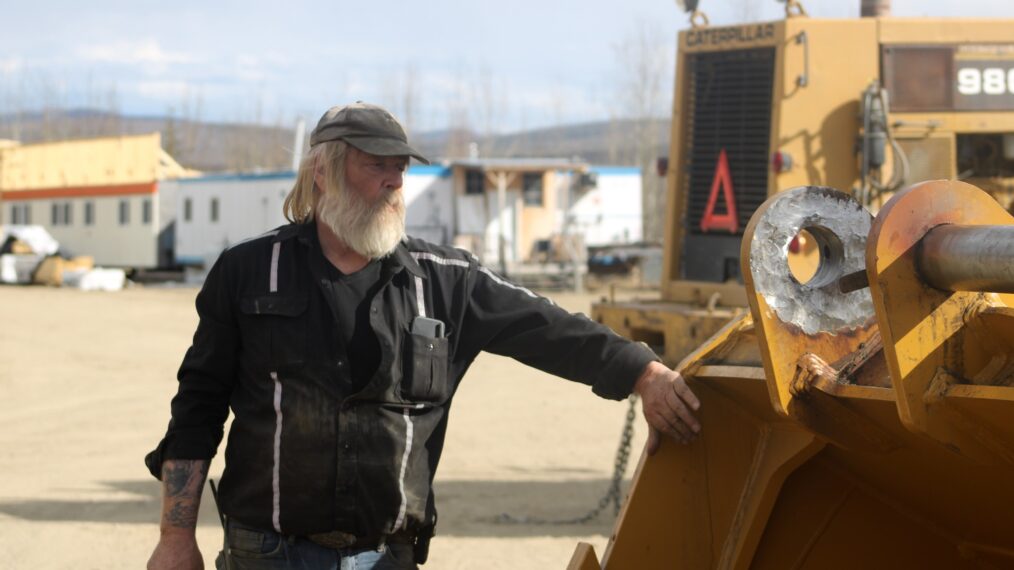

















:quality(85):upscale()/2024/11/13/790/n/1922564/c0ad2b806734e8c87b1ee9.61099793_.jpg)
